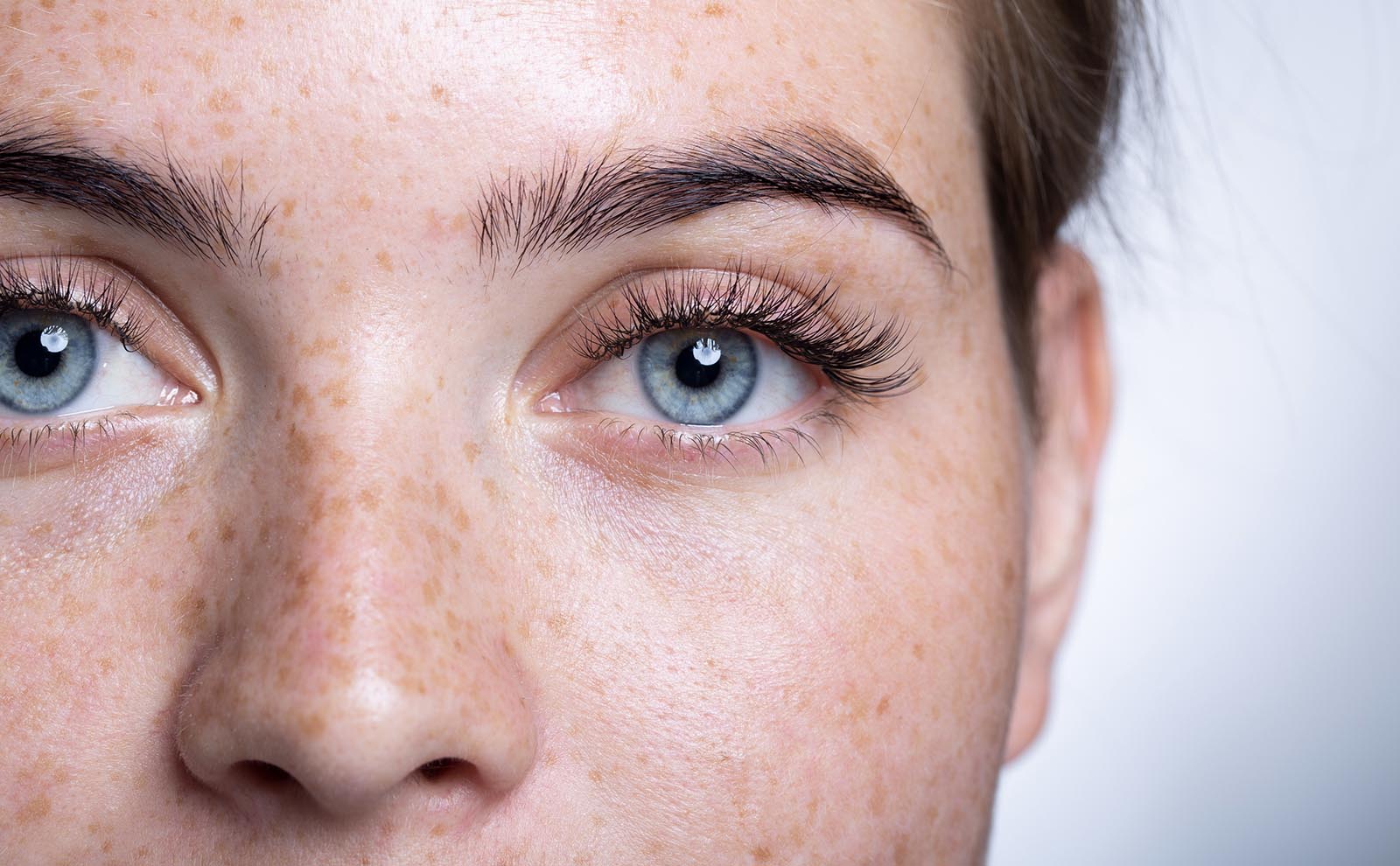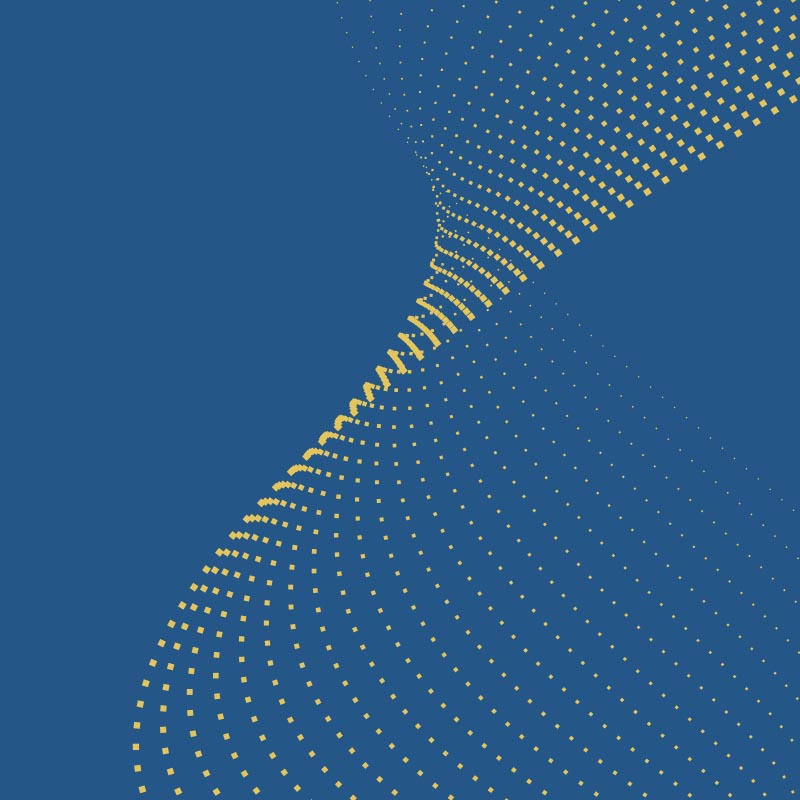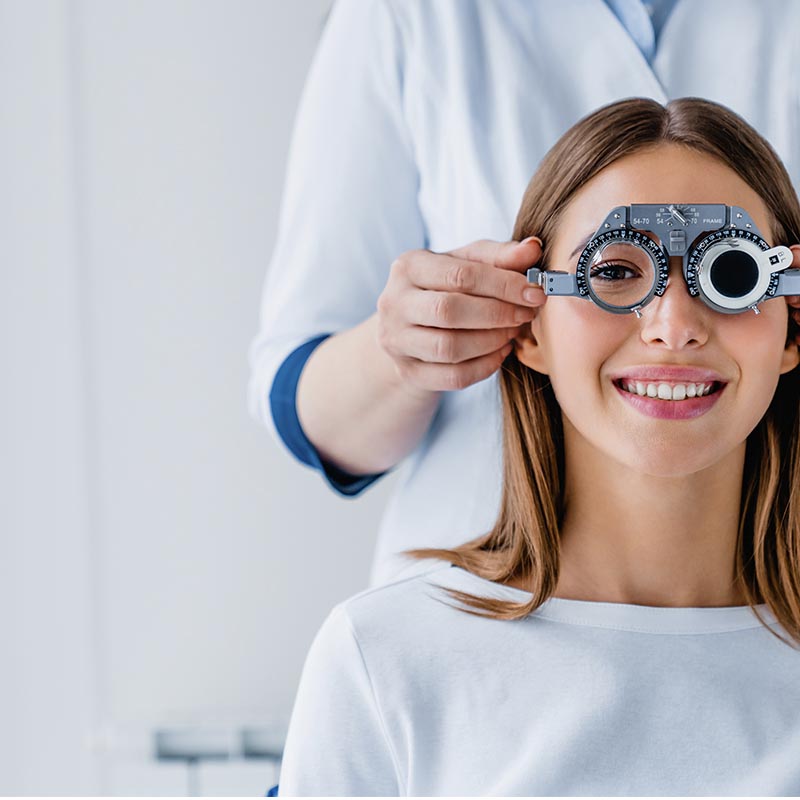Low Vision
Reclaim Independence. Rediscover Possibility.



Introduction to Low Vision Services
Low-vision care occurs when traditional glasses, contacts, or surgeries no longer provide clear vision. At the Rocky Mountain University Eye Institute’s Clinic for Vision Enhancement and Rehabilitation, we help children, teens, and adults with significant visual loss regain confidence in daily life. Whether caused by genetics, aging, or disease, we offer practical solutions, assistive devices, and compassionate support to help patients live fully and independently.
-
Personalized care for children, adults, and seniors with low vision
-
Evaluation and treatment for conditions like macular degeneration, glaucoma, and optic nerve disorders
-
Assistive devices, training, and support from a team of specialists
-
Serving Provo, Orem, Lehi, Springville, and surrounding areas
How Low Vision Rehabilitation Works
Your Vision. Your Goals. Our Support.
Low vision care begins with a thorough evaluation by our multidisciplinary team, including doctors, occupational therapists, and student clinicians. We assess how your remaining vision can best be used, and offer tools like magnifiers, filters, digital devices, and software. For those with little to no vision, we provide white cane training and help connect patients with local resources like the Utah State Library for the Blind and the Utah Council of the Blind. Our goal is to meet you where you are and help you move forward confidently.
Who Can Benefit from Low Vision Services?
Support for All Ages, All Conditions
Our clinic helps both children and adults living with visual impairment caused by:
-
Children & Teens: Ocular albinism, achromatopsia, Stargardt disease, optic nerve hypoplasia, retinitis pigmentosa
-
Adults: Age-related macular degeneration (AMD), glaucoma, diabetic retinopathy, vision loss from stroke
Whether congenital or acquired, we provide visual enhancement strategies, classroom support tools, and daily living adaptations that match the patient’s needs and goals.
Personalized Vision Tools & Techniques
Empowering Independence Through Innovation
Each treatment plan is tailored to the patient’s condition, lifestyle, and vision level. Tools and training may include:
-
Optical Devices: Magnifiers, telescopes, filters, high-contrast aids
-
Technology: Digital magnifiers, screen readers, accessible software
-
Training: Eccentric viewing, central scotoma management, reading enhancement techniques
-
Support Services: White cane training, referrals to community resources, and home-based strategies
We work closely with families, teachers, and support professionals to build a plan that truly works—for school, work, and life.
Frequently Asked Questions
What is low vision and how is it different from blindness?
Low vision is a significant loss that can’t be corrected with glasses, contacts, or surgery. Unlike total blindness, people with low vision still have some usable vision that can often be enhanced with special tools or techniques.
What conditions can cause low vision?
Common causes include macular degeneration, glaucoma, diabetic retinopathy, retinitis pigmentosa, optic nerve disorders, and stroke-related vision loss. Children may also be affected by conditions like ocular albinism or Stargardt disease.
What types of tools or devices can help with low vision?
Patients may benefit from magnifiers, telescopic lenses, digital reading aids, screen readers, or special filters to improve contrast and reduce glare. We tailor tools to each person’s needs and goals.
How can you help children with low vision succeed in school?
We work closely with families and educators to assess reading speed, recommend assistive devices, and train students to maximize their vision in the classroom—ensuring they have the support needed to learn with confidence.
Can adults with macular degeneration or central vision loss still read or drive?
In many cases, yes. Techniques like eccentric viewing training and enlarged print tools help patients adapt. Driving may require evaluation through the state or adaptive training programs, which we can help coordinate.
Do you offer support for patients with total or near-total vision loss?
Absolutely. We provide white cane training and orientation skills and connect patients with local services like the Utah Council of the Blind and talking book programs to support independence and quality of life.

